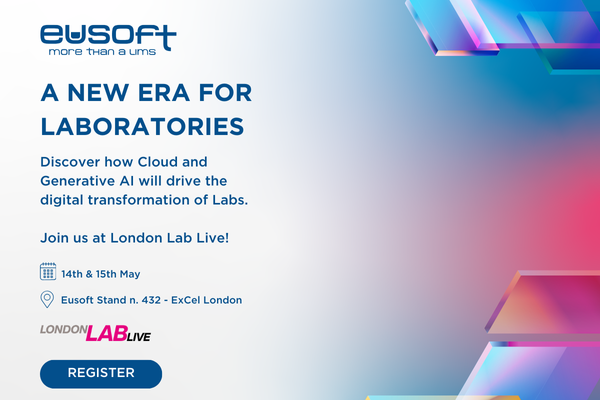Information technology pervades our lives. Everyone reading this blog is a computer user, through a phone, a contactless payment card, a car, a television and much more, but almost nobody wants an IT system. What they want is a better way of doing something, whether that is flying an airliner, running a laboratory, buying and selling clothing, stocks or whatever else you can think of. So the system they want will usually involve changes to the way people work, and interactions with physical objects and the environment.
It is in this context that Human-Centred Design plays a pivotal role.
Human-Centered Design is a way of thinking that places the people you’re trying to serve at the center of the design, innovation and implementation process. So what distinguishes Human-Centered Design from other problem-solving approaches is its obsessive focus on understanding the perspective of the people who experience a problem and their needs HOLISTICALLY. People are dynamic. This means that their experiences and behaviours are shaped by their social, economic and cultural context. This approach obviously requires studies that take into account – in addition to the software’s ergonomics – users’ cognitive, emotional and aesthetic perceptions, psychological reactions during use and expectations before the software is actually applied. Understanding people in a nuanced way leads to better and more impactful design and to solutions that meet their needs effectively. That’s why it is important that experts from very different fields and disciplines can cooperate together and bring added value to software engineering. With all this in mind, it is clear that the future of IT companies is heading in a multidisciplinary and cross-fertilisation of skills and knowledges.
These and many other topics were discussed at INTERACT 2021, the 18th International Conference on Human–Computer Interaction, which this year took place in Bari, Italy, and which counts Eusoft among its sponsors. “Sense, feel and design” was the main theme of the event, which highlighted the challenges and opportunities of Human-Centred Design. At the end of the conference, experts agreed to meet again in two years’ time… in the meanwhile – we are sure – the world (including IT world) will have changed quite a bit!




